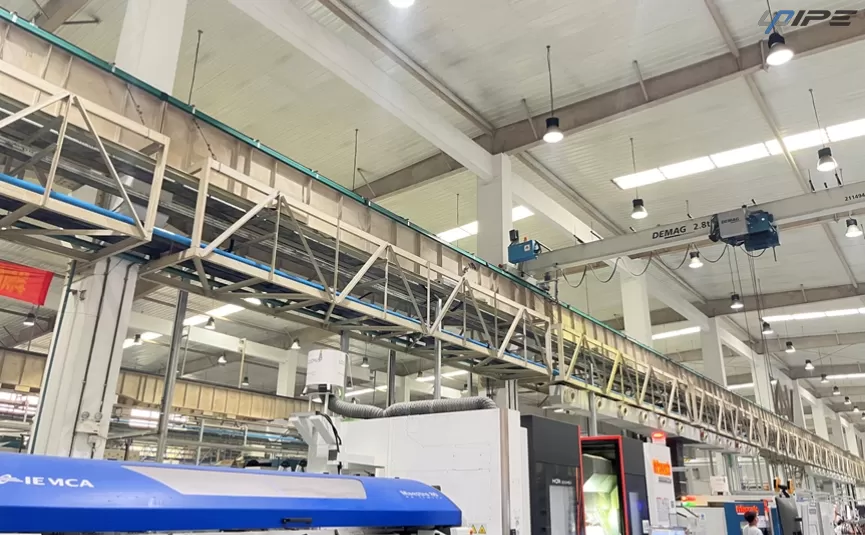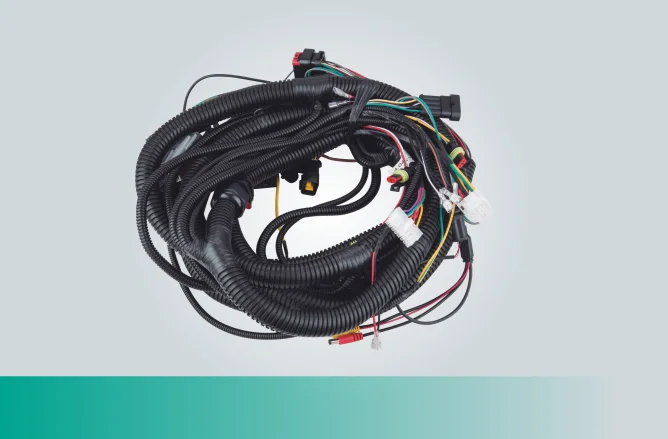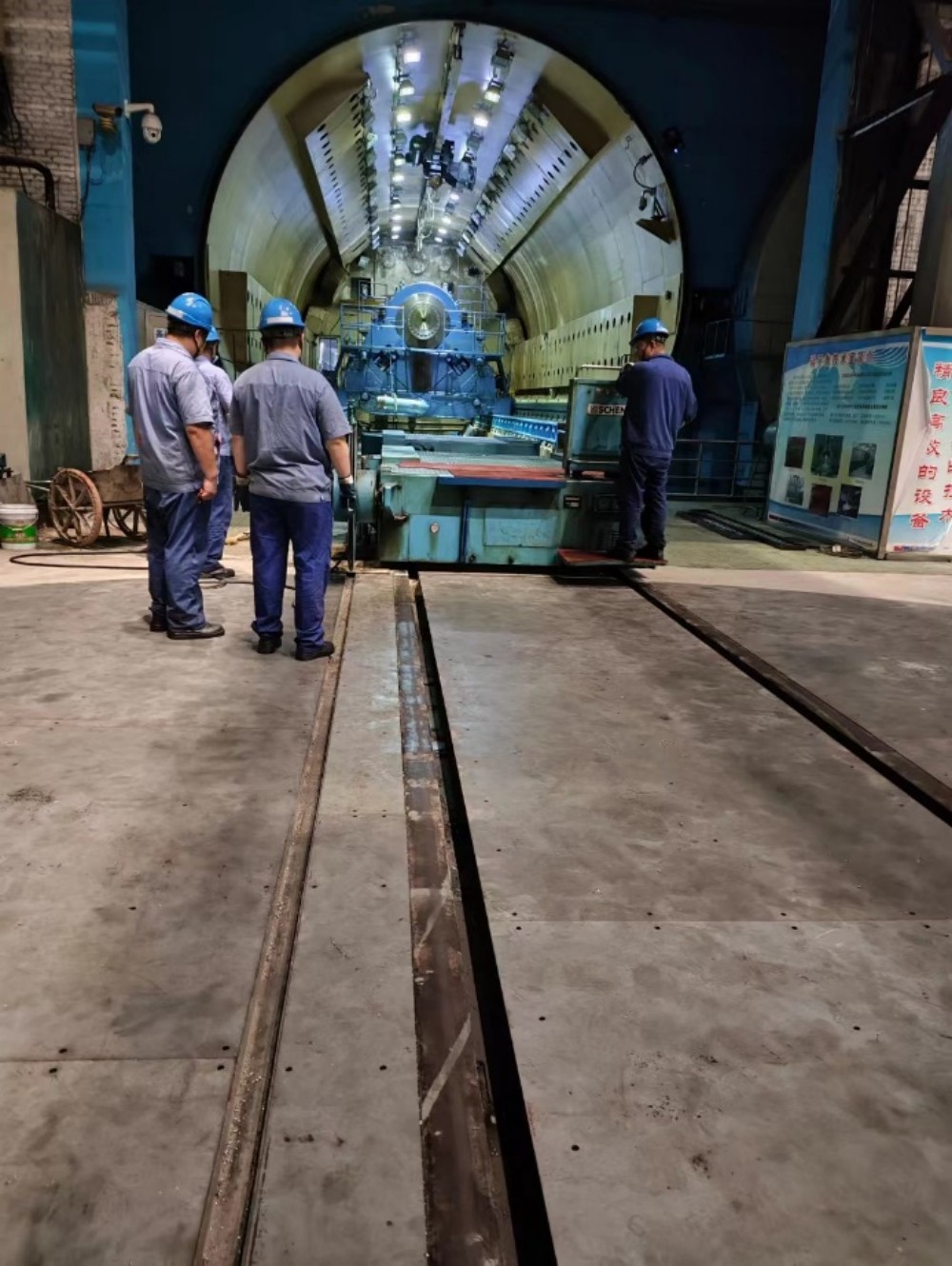When it comes to creating a comfortable and cool environment, choosing the right ceiling is crucial. With numerous options available, it can be overwhelming to determine which ceiling is best for cooling. In this comprehensive guide, we will explore various ceiling materials, designs, and technologies that can optimize cooling efficiency in different settings. From traditional choices to innovative solutions, this article aims to provide you with valuable insights to make an informed decision.
- Reflective Ceilings:
One effective way to enhance cooling is by installing reflective ceilings. These ceilings are designed to reflect heat and sunlight, reducing the amount of heat absorbed by the room. Reflective ceilings are typically made of materials with high solar reflectance index (SRI) values, such as white or light-colored paints, tiles, or metal panels. By minimizing heat absorption, these ceilings help maintain lower temperatures and reduce the need for excessive air conditioning. - Insulated Ceilings:
Insulation plays a vital role in maintaining a cool indoor environment. Insulated ceilings are constructed with materials that have high thermal resistance, preventing heat transfer between the ceiling and the room. Common insulation materials include fiberglass, mineral wool, and foam boards. By effectively trapping cool air and preventing heat infiltration, insulated ceilings contribute to energy efficiency and provide a comfortable cooling experience. - Suspended Ceilings with Ventilation:
In spaces where air circulation is crucial, suspended ceilings with integrated ventilation systems offer an excellent cooling solution. These ceilings feature perforated panels or tiles that allow air to flow freely between the ceiling void and the room. The ventilation system can be connected to the building's HVAC (Heating, Ventilation, and Air Conditioning) system, ensuring a constant supply of fresh, cool air. This type of ceiling is particularly beneficial in large commercial or industrial settings where cooling requirements are high. - Green Roofs:
For those seeking sustainable cooling options, green roofs provide a unique solution. Green roofs involve covering the ceiling with a layer of vegetation, which acts as a natural insulator and reduces heat absorption. The plants on the roof absorb sunlight and release moisture through transpiration, effectively cooling the surrounding air. Green roofs not only contribute to cooling but also offer environmental benefits such as improved air quality and reduced stormwater runoff. - Smart Ceilings:
In the era of smart technology, ceilings are also becoming intelligent. Smart ceilings incorporate sensors, actuators, and automation systems to optimize cooling efficiency. These ceilings can adjust ventilation, lighting, and temperature based on occupancy, time of day, and external conditions. By dynamically adapting to the environment, smart ceilings ensure optimal cooling while minimizing energy consumption. Additionally, they can provide real-time data on energy usage, helping users make informed decisions for further energy optimization.
Conclusion:
Choosing the right ceiling for cooling purposes is a critical decision that can significantly impact energy efficiency and comfort levels. Reflective ceilings, insulated ceilings, suspended ceilings with ventilation, green roofs, and smart ceilings are all viable options to consider. Each option offers unique benefits and advantages, depending on the specific requirements of the space. By understanding the characteristics and functionalities of different ceiling choices, you can make an informed decision to create a cool and comfortable environment while minimizing energy consumption.






